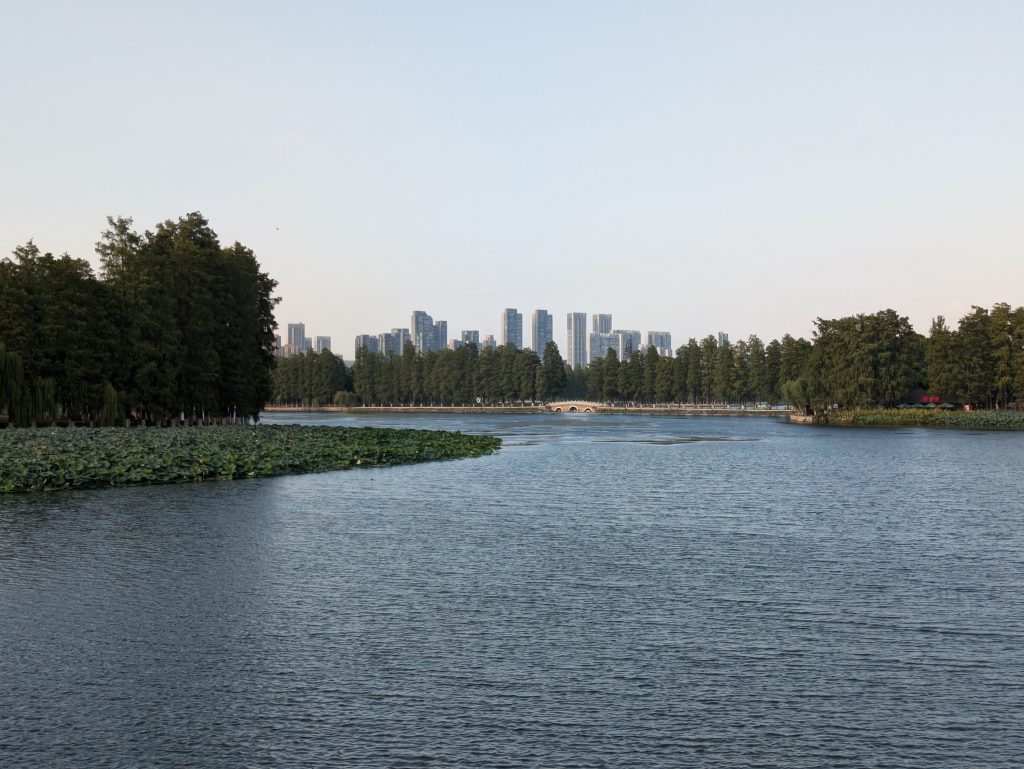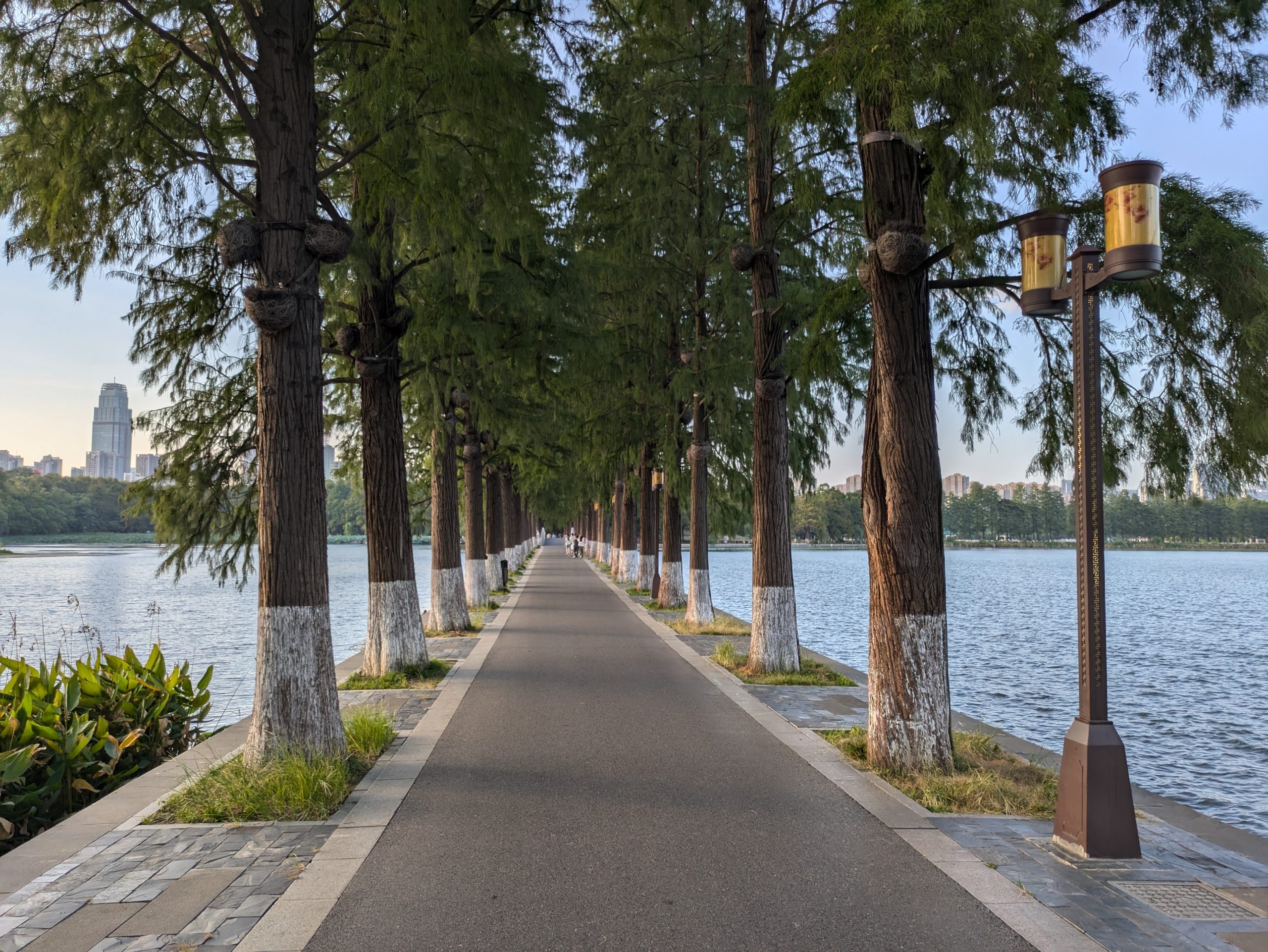Lakes and wetlands increase air biofiltration efficiency of plants growing under urban stresses

Urban greenery improves the quality of life in cities by regulating temperature and humidity, biofiltrating air pollutants, reducing noise, and creating spaces conducive to relaxation and recreation. Unfortunately, urban conditions not only negatively affect the condition of plants, but also limit their ability to perform ecosystem services.
A new study in Wuhan, China, has found that the effectiveness of urban greenery in reducing air pollutants, especially PM2.5, is limited by factors such as building density and height, the proportion of impervious surfaces, thermal conditions and traffic volume.
The presence of water bodies – especially larger lakes and wetlands – significantly improves the efficiency of air biofiltration, supporting the air purification capacity of urban vegetation.
The research was partially funded by the High-End Foreign Experts Introduction Plan of China project [G2022157005L], which was carried out by Huazhong Agricultural University and the staff of the Centre for Climate Research at SGGW.
Liu H., An W.Y., Przybysz A., Hao D.Y., Sun Y.I, Song J.Z., Sui J.Y., Sun J.H., Zhu C.Y. 2025. Multivariate geostatistical methods for analysing the contribution of urban lakes and neighbouring greenery to mitigating PM2.5 under stressor indicators. Ecological Indicators 174, 113489.
More information https://www.sciencedirect.com/science/article/pii/S1470160X25004194
